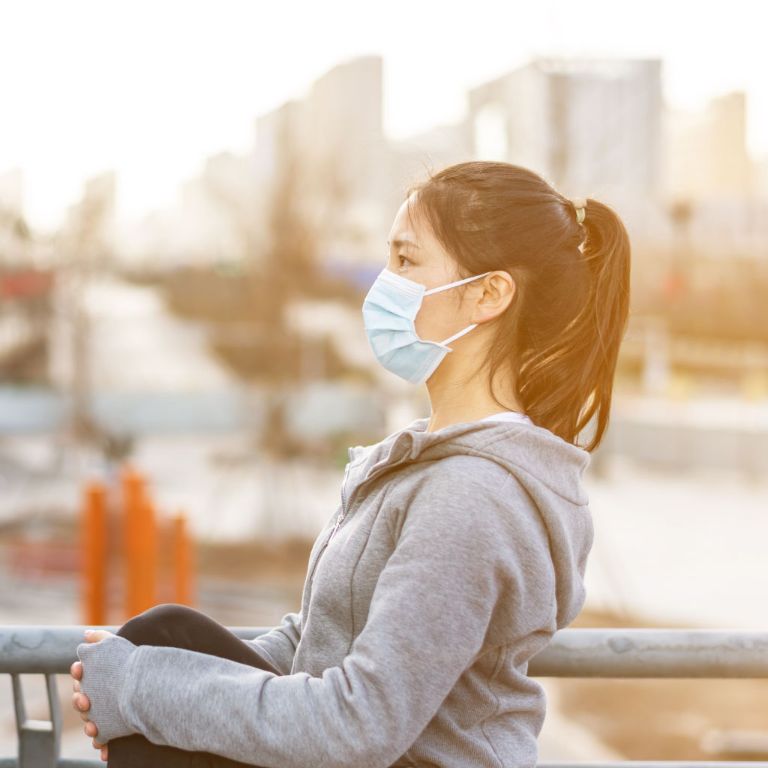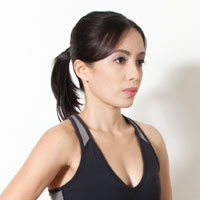Working out at home is currently the safest and most comfortable way of achieving your fitness goals without worrying about catching the COVID-19 virus. However, if running and working out outdoors can benefit your mental and physical health, then wearing a mask is one of the best ways to ensure your safety.
Here are some health and safety tips you should consider while exercising with a face mask.
Health condition
Before you exercise with a face mask, it is best to consult your physician if you have pre-existing cardiovascular and respiratory medical conditions.
Fitness level
If you’re a beginner or have stopped working out for more than two to four weeks, start with slow to moderate-paced workouts like brisk walking or simple cardio and strength routines.
Related: WATCH: Microworkout with Nat Cruz
When exercising with a mask, your heart rate will become higher and breathing will be more challenging. Gradually allow your body to adjust to wearing a mask and get used to a particular activity before increasing the intensity. In the beginning, do not expect to accomplish the same performance with your usual indoor workouts like a high-intensity interval training (HIIT), bodyweight routine, or a cycling class.
Exercise timing
Consider working out early in the morning or late at night to avoid the heat as this can negatively affect your breathing, heart rate, and performance.
Nutrition
Because your system works extra hard when exercising with a mask, get proper nutrition by having a meal or snack before and after a workout to ensure muscle and body recovery. Keep yourself well-hydrated before, during, and after the exercise.
Related: Nutritious and easy-to-prepare post-workout meals
Exercise clothing and masks
Choose breathable masks instead of the surgical ones. It’s also important you choose adjustable masks that can securely fit on your face while moving.
A lot of companies now produce masks that are specially made for workouts. Use masks that match your exercise type. For instance, wear lightweight and comfortable masks for lighter workouts such as Pilates, gentle yoga, walking, and low-impact bodyweight exercises. Use masks with special fabric layers and fast-cooling materials for more intense exercises.
Remember to bring extra masks if your workout routine will make you sweat a lot. Wear protective but comfortable exercise clothing so that you may move with ease and avoid too much sweating.
Stay safe and have a productive outdoor workout!







.png)

